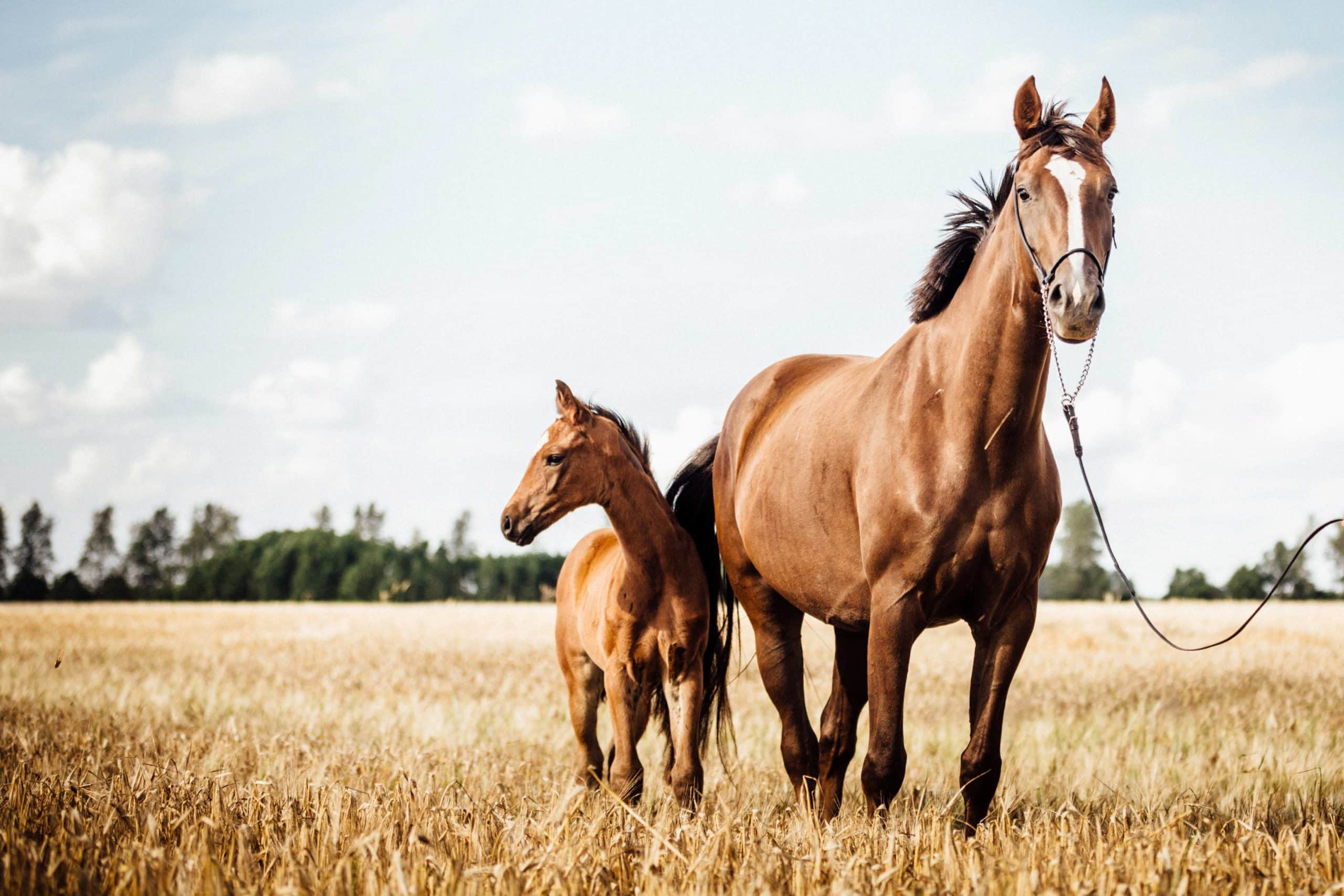What you need to know about Developmental Orthopaedic Disease in young horses

The term Developmental Orthopaedic Disease (DOD) is not a single disease, but describes all bone and joint disorders that disturb the normal growth of foals and young horses. Previously called Metabolic Bone Disease, certain DOD conditions can also affect older horses.
There are a myriad of bone and joint abnormalities categorised as DOD. However, what they all share in common is the importance of early detection to stop these disorders from limiting the healthy development and future potential of your young and growing horse.
In this article, we discuss Developmental Orthopaedic Disease in young horses and what can be done to prevent their occurrence.
Developmental Orthopaedic Disease
Bone, joint, and growth plate malformations in foals and young horses, classified as DOD, are concerning because if they aren’t corrected they can impact on your horse for the remainder of their life. In some cases, halting your horse’s future breeding or competitive prospects altogether.
Research suggests Developmental Orthopaedic Disease can occur in 10-50% of young horses – a startling statistic! The various conditions include:
- Osteochondrosis
- Osteochondritis dissecans
- Angular limb deformities
- Epiphysitis
- Subchondral bone cysts
- Contracted flexor tendons
- Cervical vertebra malformation
- Osteoarthritis
Of these, Osteochondrosis and Osteochondritis dissecans (shortened to OCD) are the most common.
Symptoms of Developmental Orthopaedic Disease in Young Horses
Irrespective of the specific bone or joint that’s implicated, DOD is shown by one or more of the following symptoms, making it of vital importance to monitor your young horse for physical and behavioural changes:
- Pain
- Lameness
- Stiffness
- Inflammation
- Frequent lying down
If you suspect your foal or young horse has any bone or joint problem, or is exhibiting one or more of the above symptoms, consult your veterinarian immediately. Early diagnosis and treatment are essential to give your young horse the best chance of a positive prognosis.
Causes of Developmental Orthopaedic Disease in Young Horses
In the early stages of life, foals and young horses are still developing. Their bones and joints are vulnerable to poor nutrition and management choices, as well as physical stress.
While genetics play a role in the occurrence of DOD, with some horses, such as Standardbreds and Warmbloods, more predisposed to bone and joint disorders, the other causes related to nutrition, management, and exercise are largely within your control.
That means, if they are the problem, they can also be the solution for DOD prevention. DOD may be caused by a combination of one or more of the following factors, in addition to genetics:
- Nutrition – Incorrect nutrition that doesn’t meet the nutritive needs of foals and young horses, as well as mares during pregnancy and lactation can lead to DOD.
- Rapid growth/overweight – Over-feeding can result in weight gain and rapid growth spurts that are harmful to growing bones and joints.
- Inadequate vitamins and minerals – Copper, zinc, and vitamin K1 are integral to healthy bone and joint development. Deficiencies can lead to DOD.
- Physical stress – Premature saddle training and poor handling that result in trauma and injuries interfere with the development of bones and joints.
- Exercise – At both extremes, inappropriate physical demands can lead to DOD, including both excessive exercise, as well as lack of exercise.
Many of the causes of DOD can be avoided with good nutrition, including supplementation. Starting your young horse on a trusted equine joint supplement, such as 4CYTE™ Epiitalis® Forte Horse, from a young age is key to supporting their lifelong bone and joint health.